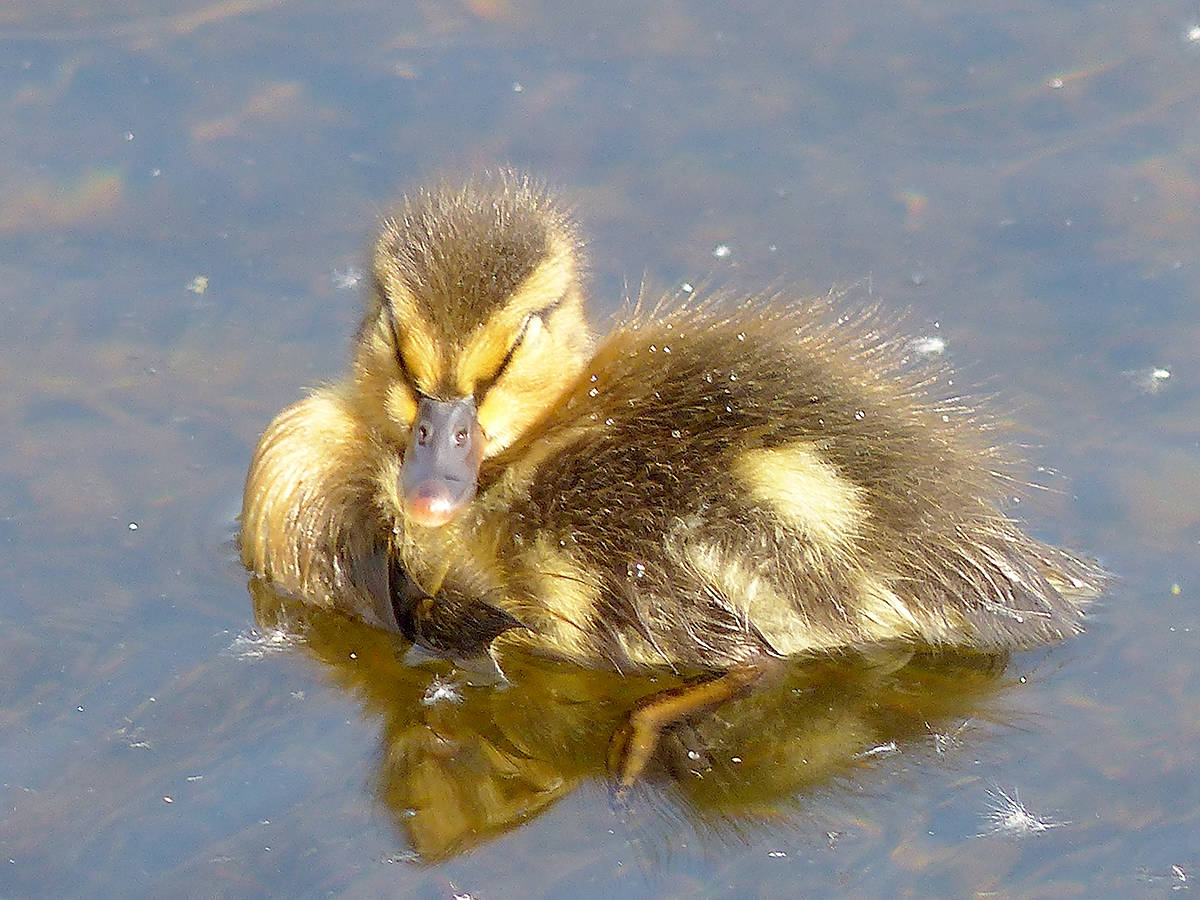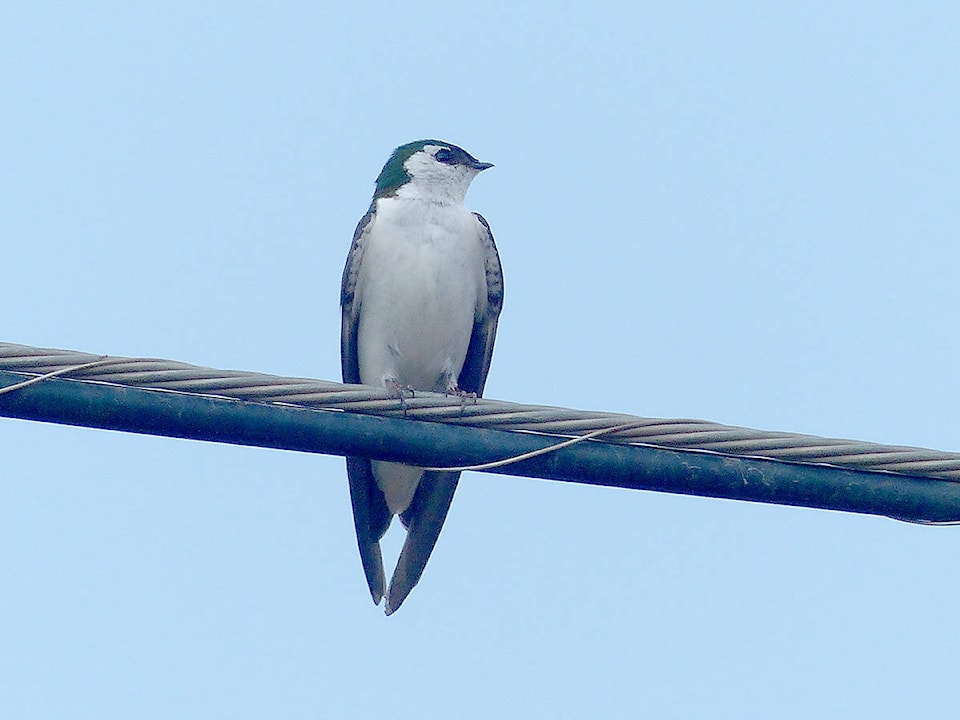The day started off cool, explains Cindy Verbeek, orgainzer of this years ‘bird blitz’ and despite a no-show for volunteers her and her husband were not discouraged, and went to do the work they had set out to do.
It all started at 6:15 a.m. on May 25, and the birds were waiting to be seen. Over the course of the day, Cindy and her husband would count 72 species of birds, that with the eight additional species spotted by others doing their own back yard birding would bring the count up to 80 of 140 bird species spotted.
It warmed up at 10 a.m. and stayed that way for the rest of the day. Verbeek says they may have been early this year, as certain species such as the American Redstart where nowhere to be seen, indicating that they were farther down their migratory pattern than usual at this year. Despite that, this does not indicate anything necessarily wrong with the big picture, though tallies still need to be compared with last years numbers to really get a handle on what is going on.
“It’s kind of hit or miss with events like this, explains Verbeek, saying attendance tends to be quite unpredictable when organizing nature counts. Last year around this time they did a bio-blitz, counting insects, plant species and birds, but due to the low numbers of insects and plants out at this time last year, the date for the insect blitz was postponed to later in the year. Regardless, this was a successful outing, and with the global bird count over with, ecologists can begin to map out what trends can be gleaned from our avian friends’ migration patterns.”

